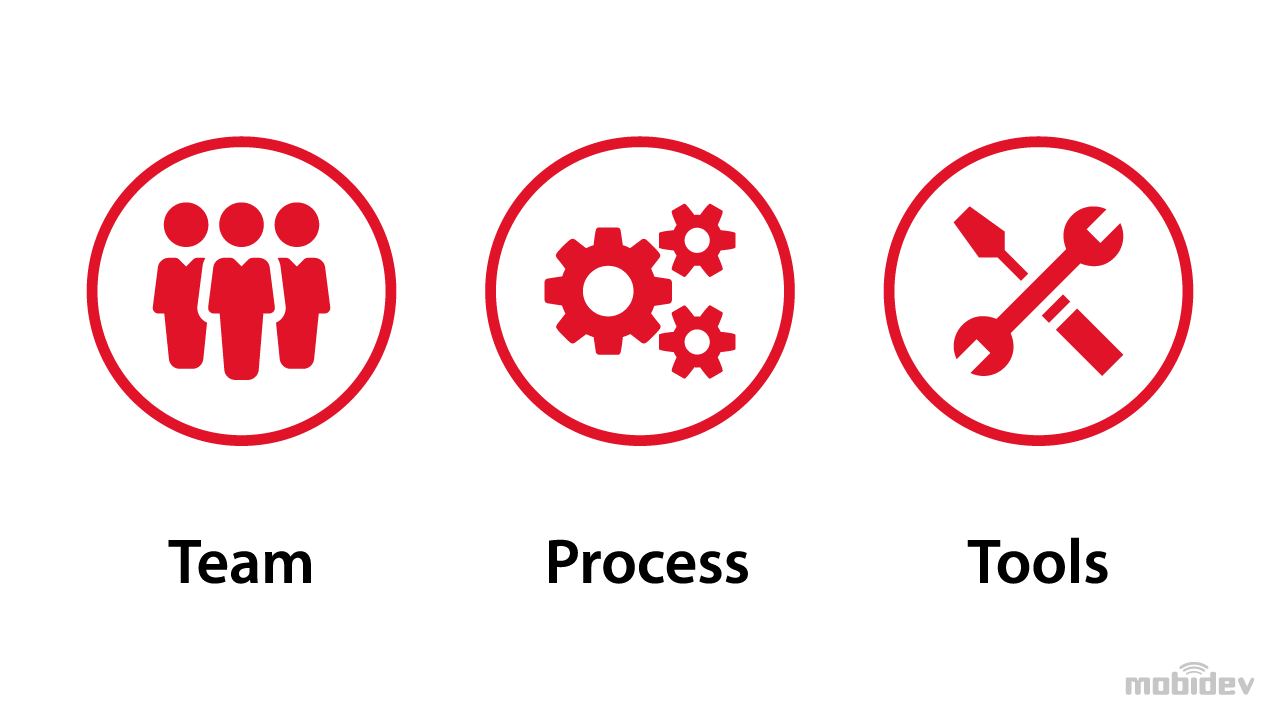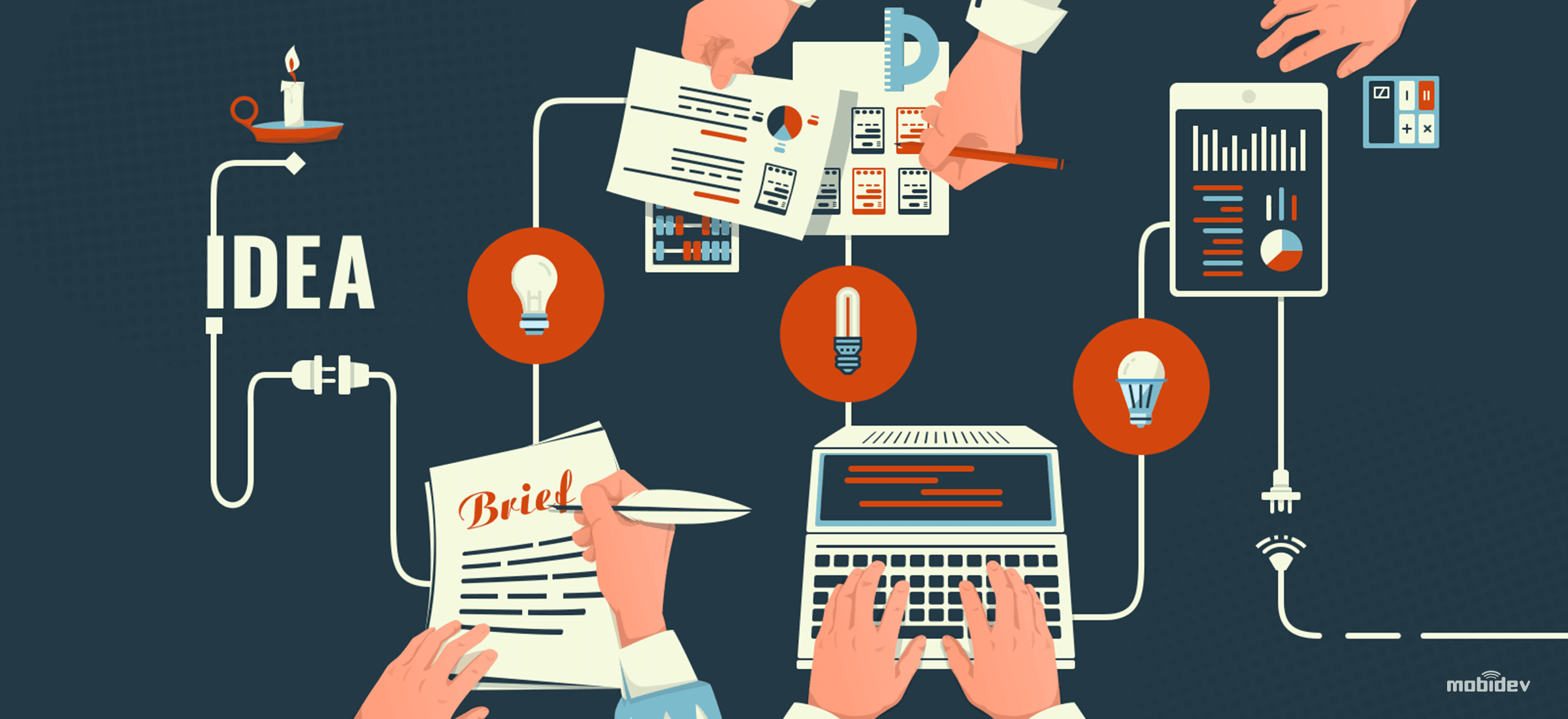Evolution is life, and software products have to evolve in order to survive on the market. There always comes a point in time when the current technology no longer satisfies the needs of the product owner and end users. There is always space for further development and new functionality. And if you are a software owner who faces this situation, you surely want to keep things under control and weather the storm of evolution.
You want to know what you might miss in team management aspect and product development visibility. You want to find aspects that can be improved in your current projects. You want to overcome evolution blockers and get all the keys to success.
Well, just read on to do that—or watch the video below!
The situation is simple: you have a need for changing the current technologies applied to your product, but you still need to have control over software development costs, maintain high development speed, continuously satisfy the needs of your users and meet the expectations dictated by the market. The bigger and faster it becomes, the harder it is to keep the stable growth of your product.
What you can do here is take control over 3 main keys to success:

It looks rather obvious, but you need to know how exactly keep these keys in a perfect condition—and this is what we are going to reveal to you.
Team
The main element in this triad is undoubtedly the Team, no matter if it’s located in house, or if you employ software outsourcing. It is always your Team, it’s never distant. And if you have to expand it, you should know that it’s going to be a brand new team and a brand new work process that you’ll have to build with them. Keep in mind the following:
• Set clear goals
When you introduce a change to your product, first of all you need to understand what you think is wrong now and what you want to achieve. Set clear goals. How you will achieve them, you will decide with your team. If you need to use a new technology, see what it can give to your product, how it will help you achieve your current goals.
• Let your team learn more about the subject area of your business
Even if your team has previously built a product in a similar industry, don’t expect them to exactly know the insights and details of the product you want to build. If your business is all about e-commerce, let your team know the details of your accounting, discounts, logistics. They are unique, just like your software product.
• Be a part of your team
Your remote development team must provide a Project Manager who guides team management issues and task distribution. But it’s important for you to be a part of your team. Even you have no technical background, you are still the Product Owner, vital to the team. Build trust together.
• Motivate your team for free
It’s done easily. Just be honest with them about project goals and current steps. What are the nearest business deadlines? Do you plan to show the product to investors? Do you prepare the product for an exhibition? In such cases, the team feels like a part of the business, feels the responsibility and importance of what they do. What’s more, they can contribute fresh and valuable ideas that you might never think of on your own.
• If you have a remote and a local team working together, keep an eye on their relations
You are the one who can solve any misunderstandings and prevent the frequent issue called “the problem is not on our side”. Everyone has to know their clearly defined responsibilities and deadlines.
Process
This is the way your product is going to change. The key is taking small steps without making revolutions. People don’t like changes. Too many changes at a time might lead to disappointment of end-users. We don’t want that to happen.
- If you have to shift to another platform (or, for example, backend provider), start with the reimplementation of the existing functionality exactly as it is was from the end user’s point of view. Your existing product might still get some updates or enhancements, but at some point freeze all work on it.
- Finish the reimplementation on the selected platform and make a great launch of your new product. If your users don’t notice changes, it means that you’ve succeeded!
- Add enhancements and new features only after that. One by one.
- The biggest advantage is that you can roll them back. One by one.
- Keep in mind that some features might have a dramatically unexpected influence on user experience or system performance. Let your team take care of it.
Tools
Your product can’t evolve without people. But people can’t do anything without a proper tool for every particular task.
The main tools are communication providers. This especially concerns distributed and remote teams, when you need a shared messenger. Whether you choose Skype, Slack, Hangouts, or any other option, keep in mind that:
- everyone must use it as the single communication means
- shared information must be discussed in chats – don’t let your team members miss something crucial
- regular voice calls – at least once a week
While establishing your communication procedures, you will still need a set of automation tools and services:
- Documentation sharing
- Testing automation
- Continuous integration
- Deployment and provisioning automation
- Server health and app performance monitoring
- Management of logs and exceptions
Now you have all the keys that will help you keep the product evolution stable and healthy. You can start doing it today, or even right now!




